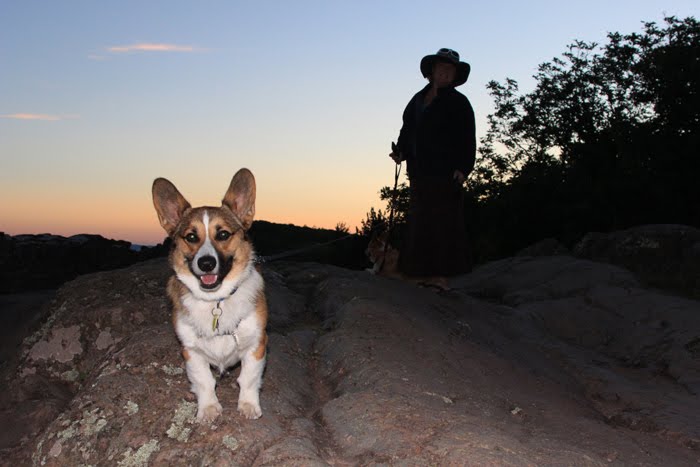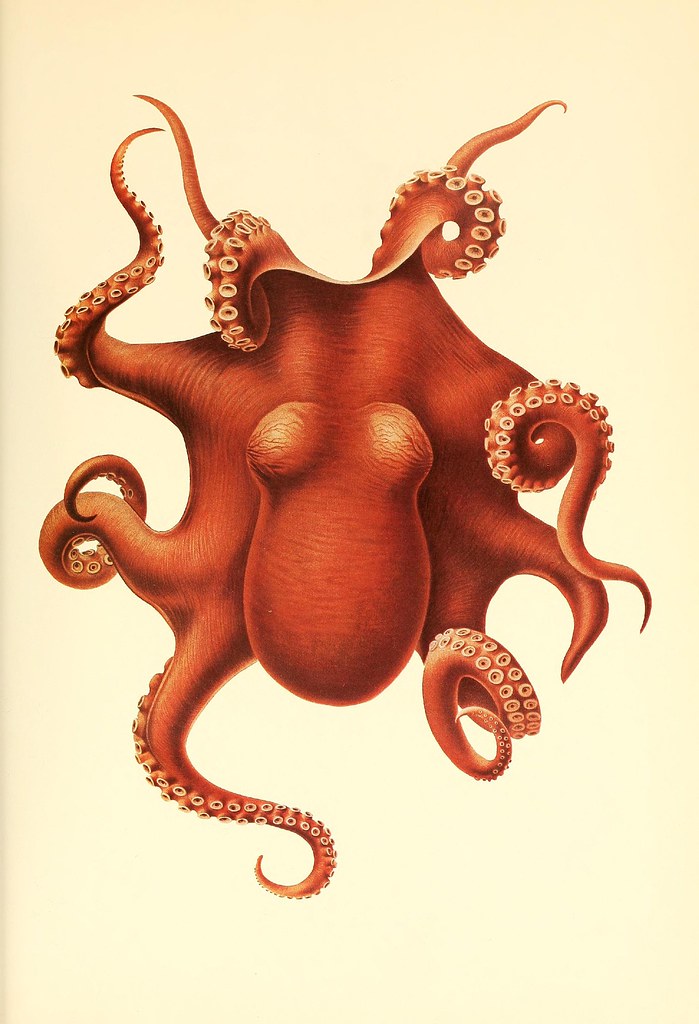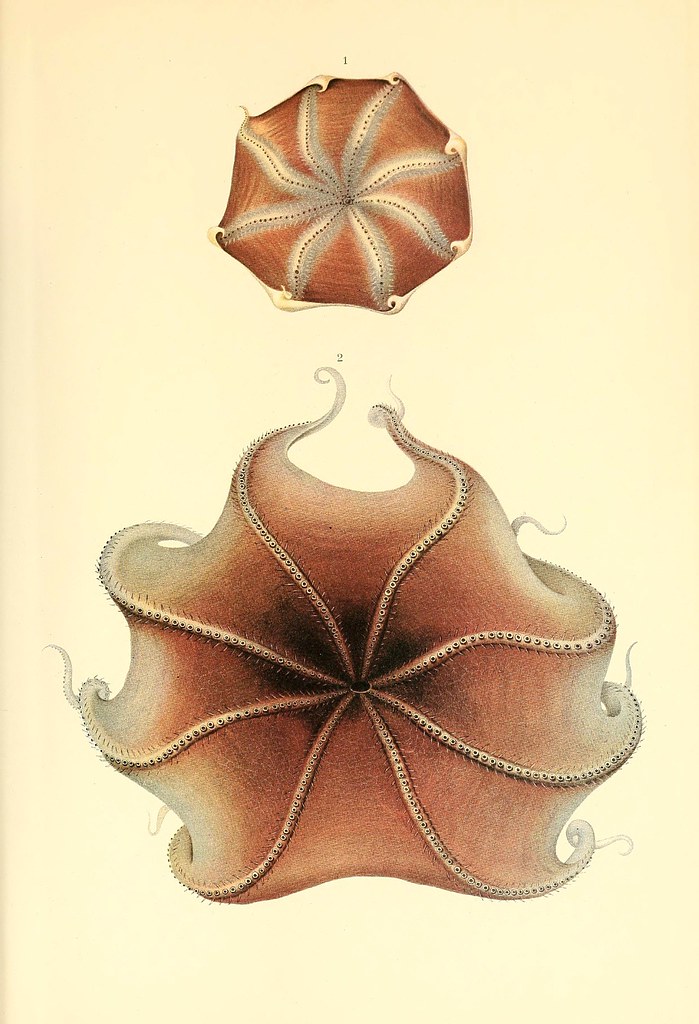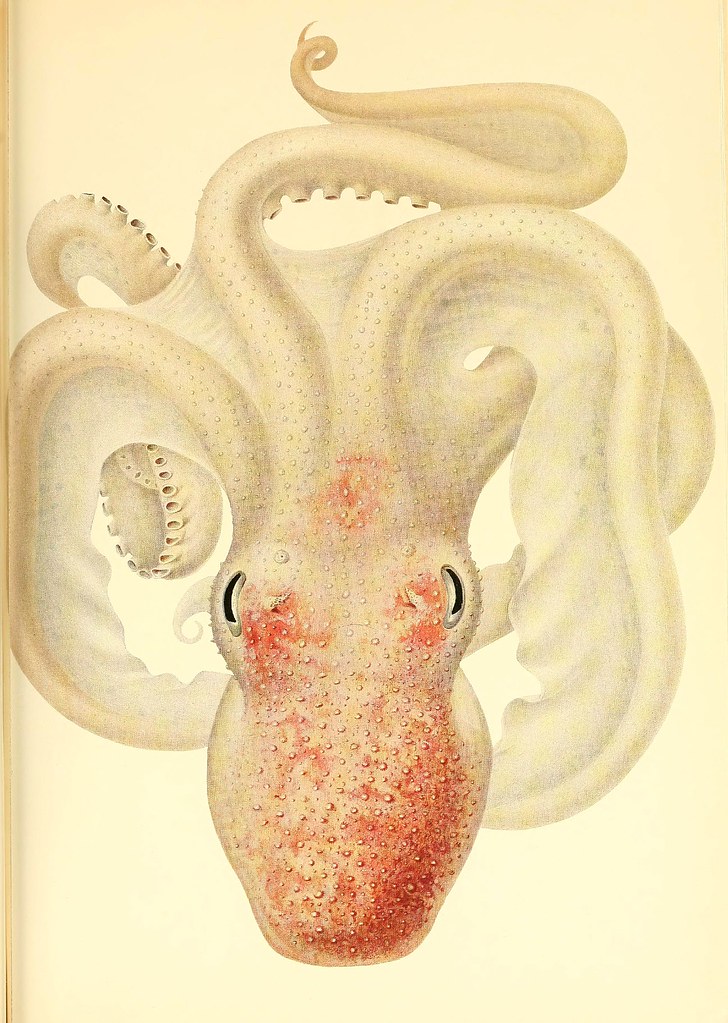
 Maurice Sendak painted this mural in the New York apartment of his friends the Chertoffs. The family donated the mural (and plaster) to the Rosenbach Museum and Library in Philadelphia; through April, the public can watch repairs in progress.
Maurice Sendak painted this mural in the New York apartment of his friends the Chertoffs. The family donated the mural (and plaster) to the Rosenbach Museum and Library in Philadelphia; through April, the public can watch repairs in progress.Maurice Sendak has almost never applied his signature toothy creatures to walls, but in 1961 he gave a mural to friends, Lionel and Roslyn Chertoff, on Central Park West in New York. In their apartment, he spent months filling a bedroom wall with costumed children leading birds and circus animals. He inscribed the names of the Chertoffs’ children, Larry and Nina, on a parasol wound around a lion’s tail.
Three years ago the family donated the mural to the Rosenbach Museum and Library in Philadelphia, which owns about 10,000 of Mr. Sendak’s works. The Chertoff painting, still attached to 1,000 pounds of Manhattan plaster, has been mounted on an aluminum-reinforced wall at the museum’s Sendak gallery.
Through April, the public can watch repairs in progress for two hours on Wednesdays (about 1 to 2 p.m. and 6 to 7 p.m.). Milner & Carr Conservation will patch cracks, remove patches of whitewash and fill in lost details. Mr. Sendak is scheduled to complete the work.
“We’re hoping there’s some tiny little thing that he’ll add a flourish to, maybe one little blade of missing grass,” said Catherine L. Myers, a senior conservator at Milner & Carr.




